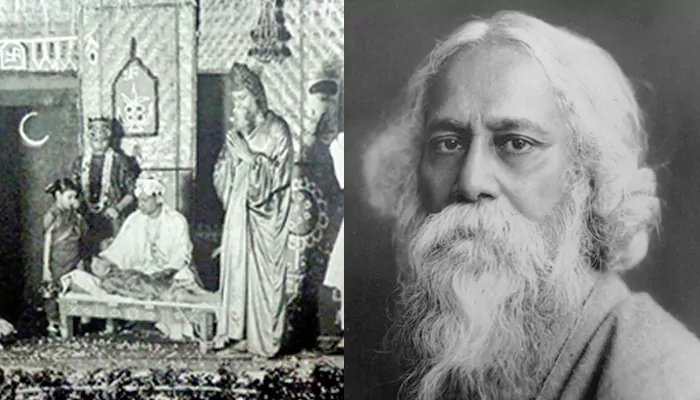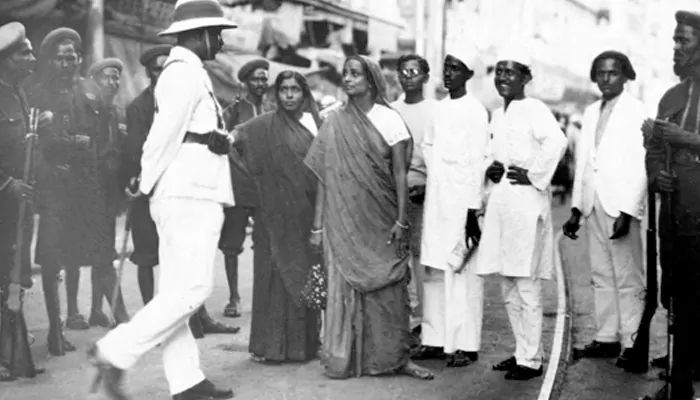September 10th: DNA Fingerprinting Discovered Which Revolutionized Criminology

Alec Jeffreys, a passionate researcher from childhood, developed DNA fingerprinting, which revolutionized criminology.
A lot of people are introduced to the concept of DNA fingerprinting while watching crime shows. Generally, what happens in a crime scene? An investigating officer collects some samples from the crime spot and after an hour they come up with the match of killer's DNA. Then, the hunt for the killer starts and after the cat and mouse chase, the show gets over. However, that's not the exact thing that happen in real life. Even, discovery of this process was really difficult. Let's find out that exciting story which happened on 10th September, 1984.
How DNA fingerprinting came into reality?
From childhood, Alec Jeffreys was fascinated with science and the surroundings. He started doing experiments in chemistry since eight years.Let me take you to the world of 1970s, where everyone was excited to work in genetics. Alec Jeffreys was in charge of his own, small genetics lab in the University of Leicester. He, along with his team were analyzing inherited variation and most of his works were focused on DNA. As human beings, generally we share around 99.9% of the same genetic material, but that 0.01% makes a lot of difference. Interestingly, Alec was excited to know about 0.01% or part with unique genetic code in detail.
During that time, he used to work on myoglobin gene collected from seals. Meanwhile, myoglobin, an oxygen-binding protein, essential for diving mammals, because of their long Oxygen-holding capacity.
Interestingly, all mammals including seals, humans and mice, have similar genes. However, with extensive research he found that there is a specific "repeating sequence or ‘stutter’ in the sequence," as mentioned on his published article. Soon, he understood, this stutters are making the difference among all. Scientifically, they are now known as minisatellite. As per definition, "minisatellite are short, repetitive sequences of DNA." As these segments differ among people, comparing minisatellites may help distinguishing a particular individual from others.
A story of not-giving up mentality:
Alec Jeffreys had a saying "every failure leads to success", so he kept on working hard. In 1984, he decided to try something new based on his understanding of the myoglobin gene. He took a DNA sample of his colleagues and placed it alongside the DNA collected from their parents. He also kept the DNA sample from a cow, a tobacco plant, and a seal.It was 9:05 am on 10 September, 1984, when the eureka moment appeared.
How it revolutionized criminology?
Immediately, this discovery reached the press. And the first case approached to him was immigration case by a lawyer in 1985, as mentioned by the Guardian. The case was regarding a Ghanaian family living in UK with children. When her remaining child arrived in Britain, he was accused of having fake identity. Even, be was threatened to sent back to Ghana. Alec Jeffreys took the DNA sample of all of them and compared for genetic fingerprints. When the boy cleared the test, the Home Office discontinued the case and the boy was allowed to stay in the UK. This was the first ever instance when a legal battle was resolved by using advanced biotechnology like genetic test. Eventually, it has got lot of attention and extensive research has made it an essential tool for criminology.DNA fingerprinting, nowadays, is used in different criminal investigations, and paternity testing. The goal is to "match" two DNA fingerprints with one another.
Today, most of the countries have a national DNA database containing the genetic profiles from all convicted criminals and it is arguably one of the most powerful tools to fight against any crime.












